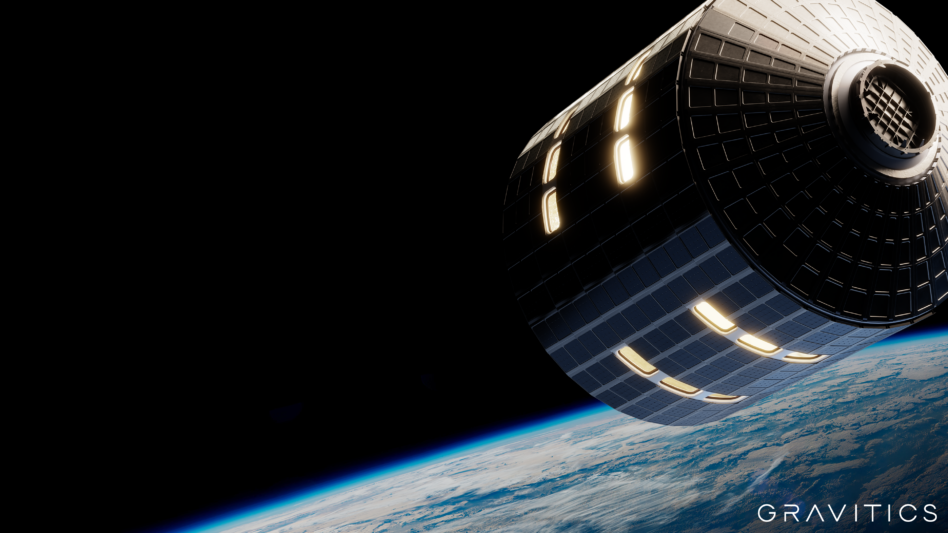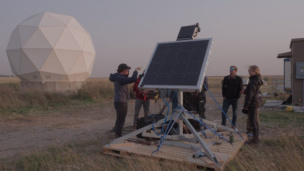Gravitics, a startup building human-rated space station modules, has closed a $20M funding round to build StarMax, its first product.
Type One Ventures led the round, with participation from Draper Associates, FJ Labs, The Venture Collective, Helios Capital, Giant Step Capital, Gaingels, Spectre, Manhattan West, and Mana Ventures.
Introducing Gravitics
The Seattle-based startup emerged from stealth last week with plans to begin testing its space station modules as early as 2023 and bringing them to market by 2026. That timing sets them up to provide modules for a slew of planned space stations in the late 2020s and early 2030s.
The core team includes alumni from major players across the space industry. The development team is currently led by Bill Tandy, former mission architect for Blue Origin’s Orbital Reef space station, and Scott Macklin, former head of propulsion at Virgin Orbit.
Gravitics is working on developing StarMax, its core module, out of a 42,000 sq ft facility near Seattle. Prototype production is currently underway.
Right now, the team is working on completing that first prototype and prepping for tests, but the company’s future aspirations are hidden in its name. “It reflects our aspirational goal to provide the technology for future spin gravity space stations and settlements,” Mike DeRosa, Gravitics’ CMO, told Payload via email.
Building the building blocks: The StarMax module would be the roomiest model on the market, with 400 cubic meters of usable volume. That’s equivalent to roughly half of the ISS’ volume per module, per Gravitics marketing materials.
Interoperability with various station designs and rockets is key to the company’s goal to provide space station modules to a variety of operators. StarMax is designed to be compatible with any of the planned space stations in the next decade, as well as any of the market’s new heavy-lift rockets—SpaceX’s Starship, Blue Origin’s New Glenn, and ULA’s Vulcan.
“How impractical would it be to not make it interoperable?” DeRosa said. “Space is expensive and successful space operations need many different things to go right. We can only build the infrastructure in space we need if we can count on key components working together.”




